What Is a Living Building?
http://decor-ideas.org 07/20/2014 04:13 Decor Ideas
We’ve all heard of a sustainable building, but what about a living building? That’s the focus of the International Living Future Institute’s Living Building Challenge; it’s a concept that uses nature as the ultimate measuring stick for a building’s performance. The challenge has been called a philosophy, an advocacy tool and a certification system all in one.
You’ve likely seen or read about countless certified LEED and Passive House homes, but as of today, there are only five certified living buildings in the world. With more than 200 registered projects, however, that number is sure to grow. So what exactly is a living building?

The challenge’s central metaphor is a flower. It asks, what if we made our buildings like flowers? What if our buildings could capture and treat all the water they need? What if they could acquire all their energy from renewable energy sources surrounding them? What if they could be uniquely adapted to their place, work in cooperation with the systems (buildings) around them and at the same time be beautiful?
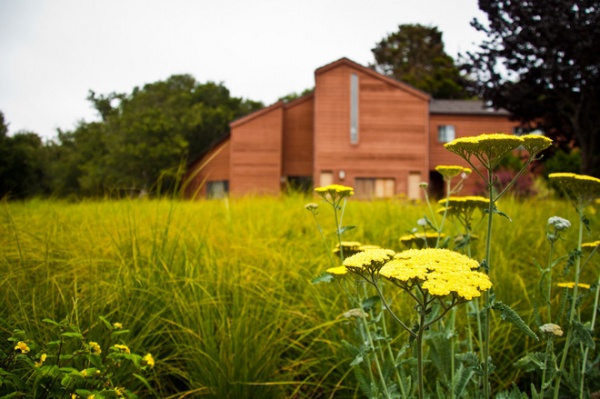
What makes the Living Building Challenge unique is that achievement is outcome based. Designers of residential or commercial buildings can envision endless ways of achieving the goals of each requirement — called “petals” — and the ultimate measure of success is the results. Because the challenge is not prescriptive, it frees designers to think of creative ways to address water, energy, beauty and more. And rather than asking designers to build “less bad” or “more sustainable” buildings, the challenge sets demanding targets that in some cases have yet to be achieved.
Extending the metaphor of the flower, the challenge is made up of seven requirement petals: place, water, energy, health and happiness, materials, equity and beauty.
Let’s break those down.
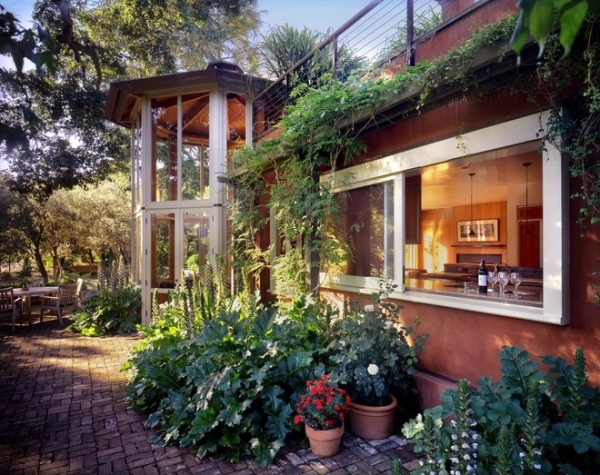
Place
The intent of the place petal is to restore a building’s and its inhabitants’ relationship with nature. It encourages designers to build compact, connected communities and to invite natural systems back into urban places.
The challenge asks designers to design projects with humans in mind, rather than automobiles. How would we design our homes, offices and communities if we relied a little more on human-powered transportation and public transit?
In addition, the challenge asks that landscape designs emulate the functions of indigenous ecosystems — not copy them directly but attempt to mimic their ecosystem services. For example, providing habitats for local bird populations could be one ecosystem service, as could capturing and treating rainwater.
Because certified living buildings are currently so rare, the photos used in this ideabook are for illustration purposes only, and are not certified living buildings.
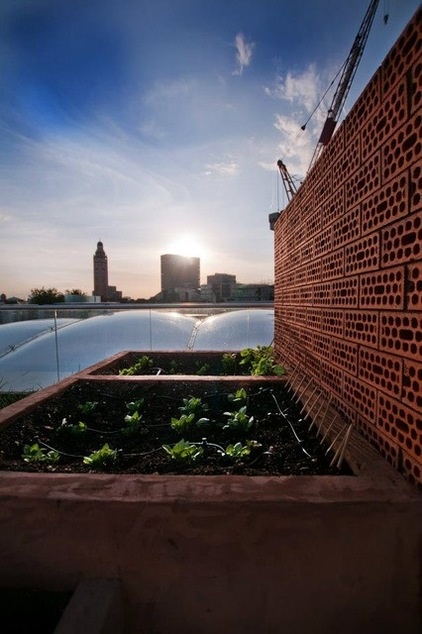
Finally, the place petal looks at how to introduce food production into the fabric of buildings, such as through urban agriculture. In many low-density and suburban neighborhoods, community gardens are already making a comeback. And in more urban environments, projects can educate children and adults through the use of smaller demonstration gardens.

Water
The challenge treats water as a precious resource that can be reused many times and then purified again into potable form. It asks projects to mimic natural water flows in a healthy ecosystem, where the wastewater from one organism is drinking water for the next. In other words, designers and homeowners are asked to create closed-loop water systems that do not leave wastewater pollution to neighbors or municipalities to clean up.
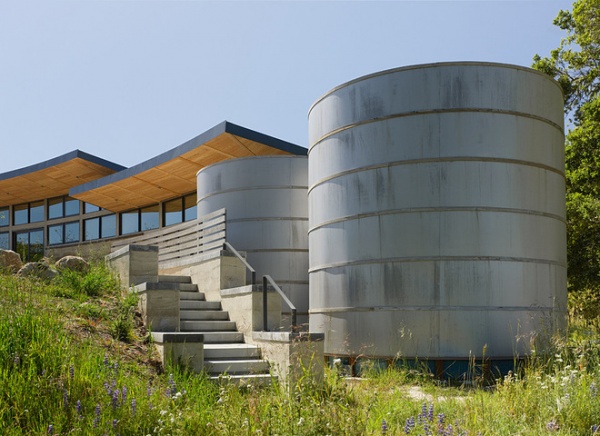
All the water needed for a living building project must be collected onsite. This can be accomplished through a variety of techniques, including cisterns, which collect rainwater from rooftops. But to generate enough water to live in desert climates, water collection and storage can be a major engineering feat.
The water petal is a challenge not only from an engineering perspective, but from a regulatory perspective. Since capturing and treating rainwater is not legal in all places, advocacy is a major part of accomplishing this petal’s requirements. There are great regulatory success stories that have come out of Living Building Challenge projects as a result of advocacy on the part of project teams to bring codes up-to-date with current technology.
The hope is that with time and with grassroots efforts to change municipal and state codes, there will be more innovative local water conservation and recycling projects throughout the United States and globally.
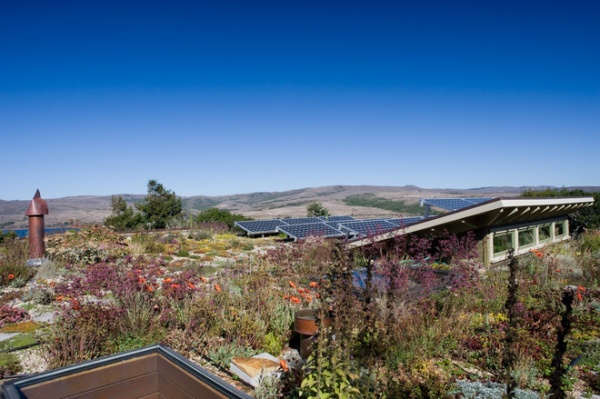
Energy
The energy petal is deceptively simple: The project must rely on current solar income (that is, renewable energy) for 100 percent of the project’s energy needs. In fact, with the release of the Living Building Challenge 3.0, projects actually have to produce more energy than they consume.
As long as a project demonstrates, with 12 months of energy statements, that it is producing 105 percent of the energy it needs, this petal can be accomplished in any number of ways. Homeowners can install photovoltaic systems, solar thermal collectors or geothermal heat pumps. This petal is also a great opportunity for neighborhoods to team up, and through efficiencies of scale harness wind power, a technology that may not be well suited to the single-family home.
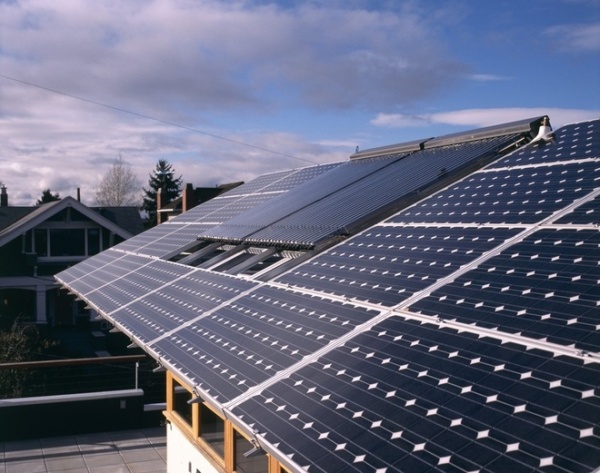
How do you make sure enough energy can be generated for your home’s needs? The calculation requires balancing the possible output of renewable systems (photovoltaics are affected by how much sun you get, for instance), with the design (or retrofit) of a highly efficient home. As with water use, energy use is largely impacted by both behavioral modifications (unplugging appliances when not in use) and efficiency upgrades (choosing appliances that are highly energy efficient).
Sound impossible? If you think you might not have enough sunlight to power your home, do the math anyway — you might be surprised. The Bullitt Center, a six-story office building in Seattle (a place not known for its sunshine) manages to power itself using only the solar energy it collects from its roof.
See a Concrete House With a $0 Energy Bill
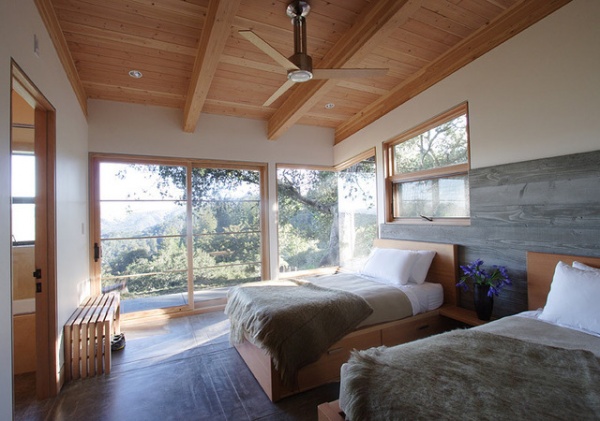
Health and Happiness
The aim of this petal is to address the elements that have the biggest impact on our enjoyment of buildings. First, in living buildings all regularly occupied spaces must have access to fresh air, daylight and operable windows. Second, a healthy interior environment and good air quality are required. The air quality requirement includes testing nine months after occupancy to ensure that furniture, cleaning products and fabric choices aren’t affecting the air quality negatively.
Get Cleaner Indoor Air Without Opening a Window
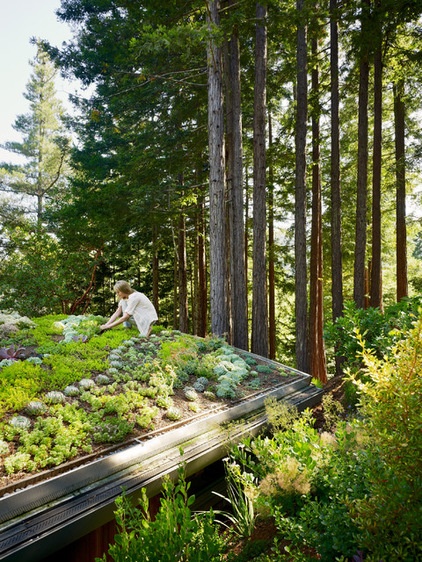
The health and happiness petal also asks projects to incorporate biophilic design elements that address our innate need to connect with natural systems in our surroundings.
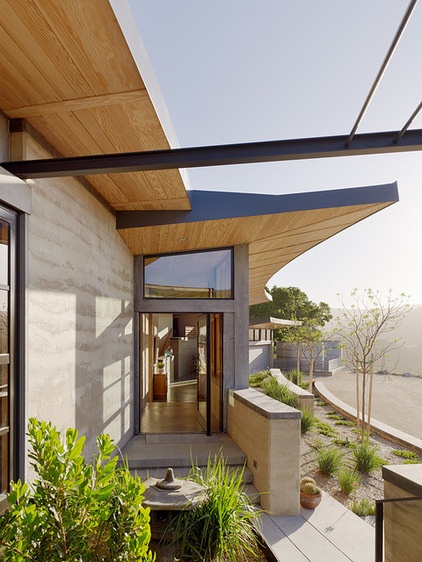
Materials
The requirements of the materials petal aim to address the health, social responsibility and embodied energy issues that lie behind our material choices.
One major impediment to accomplishing the goals of this petal is that many building materials lack basic transparency. It is difficult for consumers to make choices about the “green” attributes of products without understanding a range of third-party certification programs. In addition, researching the health effects of building materials is a full-time job.
Due to these transparency issues, the Living Future Institute came up with its own “ingredient label” for building materials through its Declare program. The Declare database provides resources for consumers who want to learn about potential hazards in their building materials, and it is growing every day. Manufacturers must list whether their products clear the Living Building Challenge Red List, which includes 22 chemicals or materials considered to be among the worst for human health.
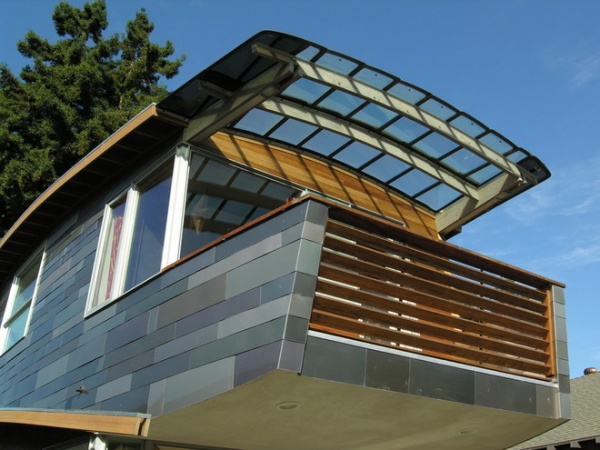
The materials petal encourages rigorous waste reduction on construction projects.The Environmental Protection Agency estimates that in 2003, 10 million tons of construction waste, 19 million tons of demolition waste and 38 million tons of renovation waste were generated by the U.S. residential market alone. By asking projects to divert 90 percent of all construction waste overall on projects, the challenge aims to change the way people look at construction waste.
The materials petal also encourages the use of both local and salvaged materials to support local economies and to increase the recycling of building materials.

Equity
Echoing the place petal, the equity petal emphasizes building human-scale buildings that provide Americans with Disabilities Act–compliant accessibility and universal access to nature.
The equity petal challenges some traditional views about private property. To enable universal access to nature, a living building must consider its neighbors and, for instance, be built to a height that still allows for a neighbor’s access to sunlight. Living buildings also agree not to expose a neighbor to air pollution or noxious emissions, or to restrict public access to natural waterways.
Major organizations involved in a living building project are also encouraged to provide transparency around their business practices and social justice and equity policies.
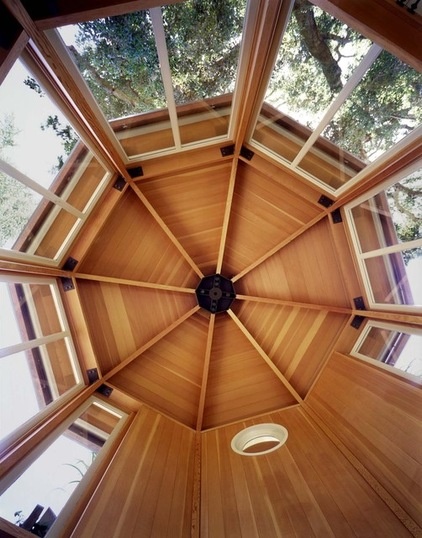
Beauty
The Living Building Challenge admits that mandating beauty is an impossible task. And yet it believes that good design and graceful construction are essential elements of creating places we love and want to preserve. A building isn’t really sustainable, after all, if we don’t feel compelled to maintain it for the enjoyment of future generations.
To get at this question of beauty, the building must incorporate design elements that exist purely for human delight, integrating culture and the spirit of place through artistic expression.
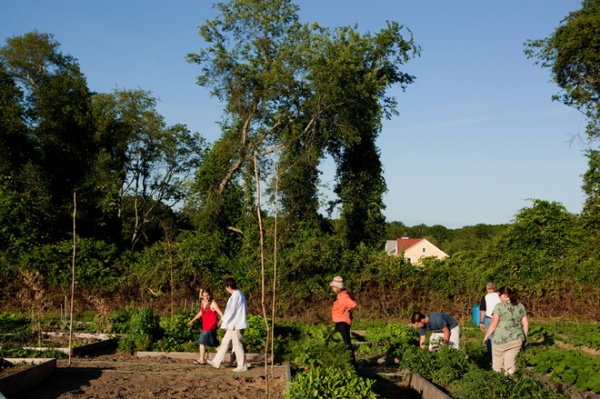
The building must also incorporate educational opportunities for others to learn about its technology and operations. Projects are required to maintain an educational website and to at least once a year have an open day for the public. Many projects under consideration have also shared resources, including materials lists and lessons learned from the regulatory hurdles they faced. The goal is to continue to inspire others to change the way we build, and to make it easier for the next project to achieve living building status.
Even private homeowners have been known to host multiple education opportunities per year, inviting nonprofit organizations and schools to tour their homes and learn about living buildings.
See more on green building
Related Articles Recommended












